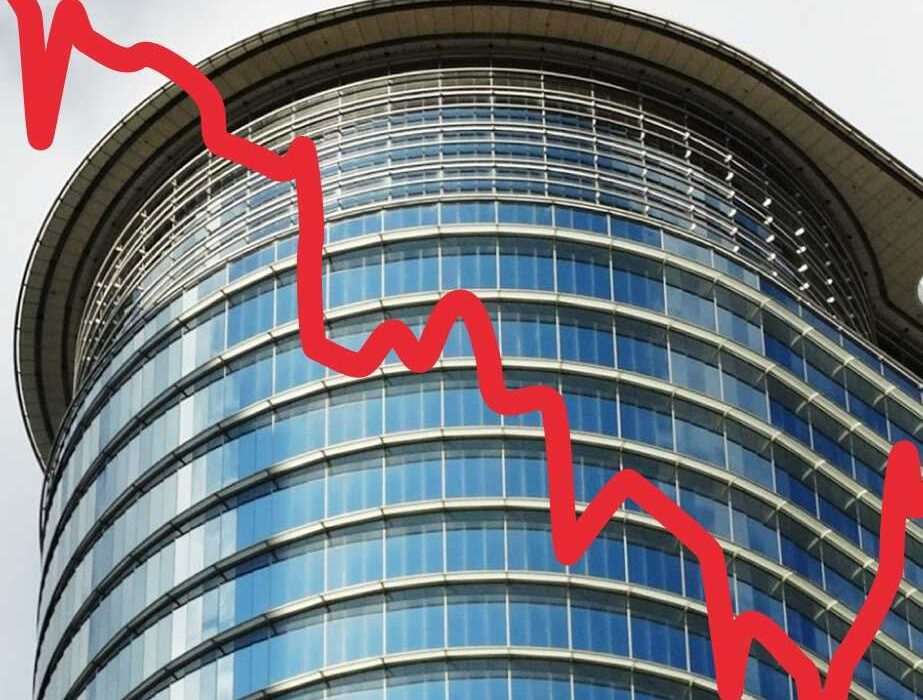Investors Should Never Forget the Enron Name
Pure greed upset thousands of employees and ruined billions in retirement
Jeffrey Skilling, the former CEO of Enron, was released from federal custody after serving more than 12 years in prison for fraud, insider trading and conspiracy. Skilling resigned as Enron’s CEO just a few months before news broke of what is now considered one of the worst cases of corporate fraud in US history.
That was Over 17 Years Ago?
On December 2, 2001, the Enron Corporation filed for Chapter 11 bankruptcy, bringing to light one of the largest corporate scandals in US history.
Formed in 1985, Houston-based Enron was “an energy-trading company” that resulted from the merger of two gas companies, Houston Natural Gas and Internorth. In a very short time, Enron rose as high as number seven on Fortune magazine’s list of the top 500 US companies, employed over 30,000 people and posted revenue of $111 billion.
By all accounts, Enron was a darling of Wall Street, world leaders, legislators, as well as the press. For example:
- It is estimated that three-quarters of US-lawmakers received campaign donations from Enron
- In the years immediately preceding the collapse, Nelson Mandela and Alan Greenspan received what was then considered to be the prestigious “Enron Prize”
- In 1999, Enron’s Washington lobbyists included Henry Kissinger and James Baker, both former US Secretaries of State
- In 1999, Enron’s Chief Finance Officer, Andrew Fastow, received the award as the most creative CFO of the year from CFO Magazine
- By the year 2000, Enron had received – for six consecutive years – the award as the most innovative company from Fortune magazine’s annual ranking of the most admired companies
- In September 2001, a month before the eruption of the scandal, Enron was on the list of the 50 Fastest-Growing US companies and was by far the largest company on the list
The Enron story ends sadly with the staggering collapse of one of America’s largest corporations, affecting thousands of employees, wiping out $1.2 billion of Enron employee’s retirement and shaking Wall Street to its core (for at least a little while).
It was just a short time later, unfortunately, that Enron’s position as the largest bankruptcy in US history ended, as the following year we witnessed WorldCom and a few years later we saw the bankruptcies of Washington Mutual and Lehman Brothers occur within 11 days of each other in 2008. And to this day, the filing of Chapter 11 by Lehman remains as the largest bankruptcy filing in US history.
What Enron Lessons Do Investors Need To Remember?
- If it’s too good to be true, it probably is
- Never be embarrassed to ask your financial advisor questions
- Ask for and read prospectuses, annual reports and quarterly fact sheets
- Always ask your financial advisor whether a recommended investment or proposed investment strategy is consistent with your objectives and risk tolerance
- Never chase performance. In 2000, Enron returned 87%, compared to a decline of 10% in the S&P 500
- Be careful you don’t have too much invested in a single stock
- Buy what you understand. Don’t know what a collateralized debt obligation fund or a mid-stream pipeline fund or an asset-backed security fund really is? Then don’t invest
We believe it is important that you take a common-sense approach to investing and work alongside an experienced financial advisor – so you can avoid making an Enron-type investing mistake in the future.






